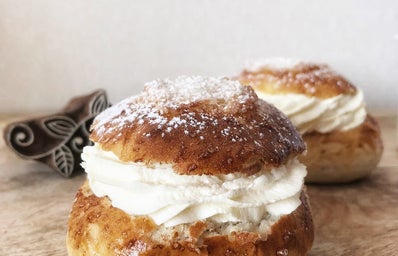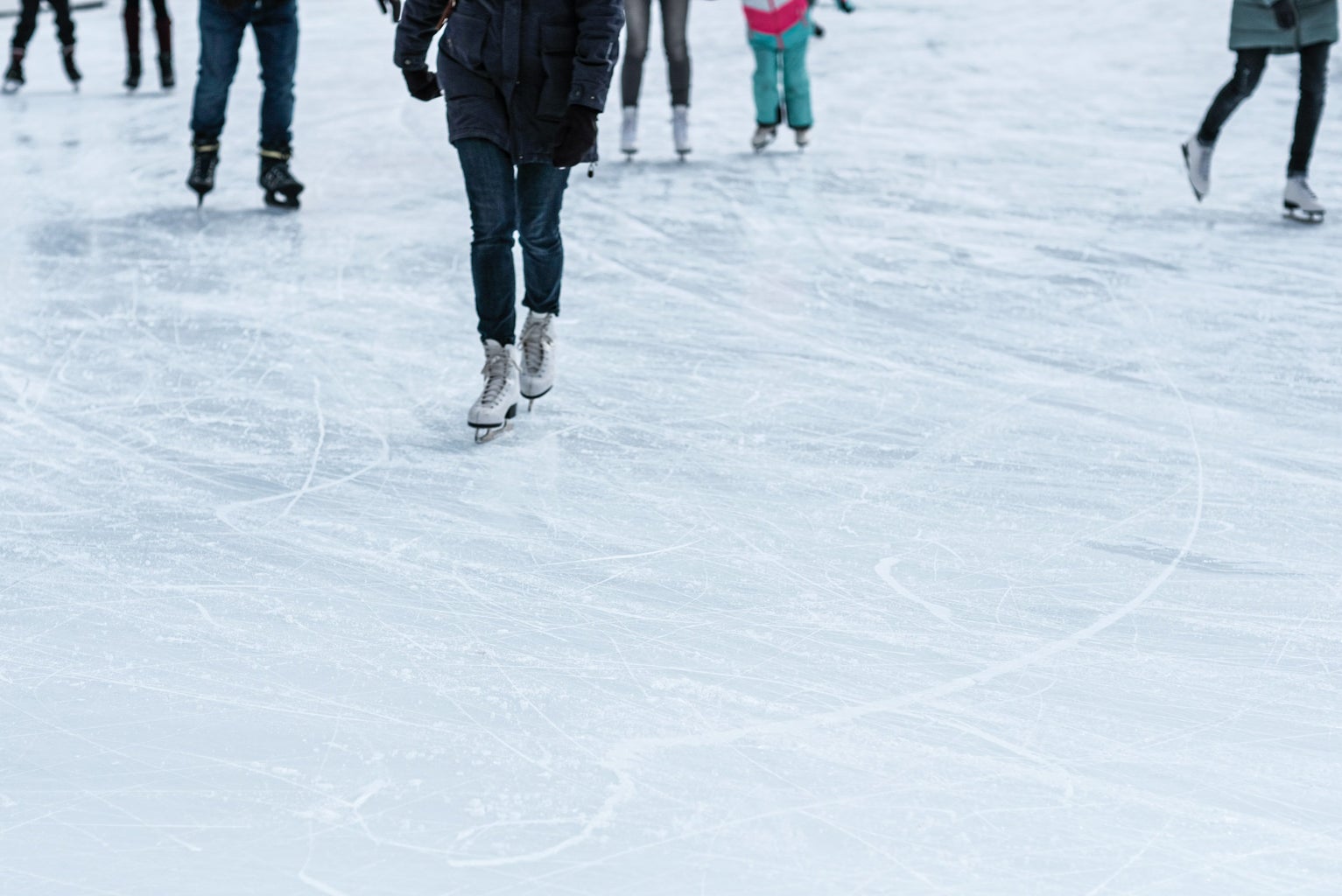In the liturgical calendar of both Western and Eastern Christian traditions, Shrovetide is a period preceding the month of fasting or Lent, which in turn starts from Ash Wednesday and closes on Easter. The period before the commence of the Lent is famous for its colorful carnivals, most commonly known as the Mardi Gras celebrations in such world-famous cities as Venice and New Orleans.
In the olden days of agriculture and husbandry, the winter season was a good time to be jolly, as there was not as much work to do on the fields, which is one of the most important motivations for many traditional European festivities to befall on the rather chilly side of the year. The Christian traditions usually follow the lines of the pagan traditions for practical reasons, in this case for example the ancient Roman feast for Bacchus, the god of wine. In Finland, as in many other Northern European countries, February is definitely not the time to go out and wiggle about in bare clothes, which makes the carnivalistic features not that prevalent here. Nonetheless, as early as from the time that we cannot reach on the table, we Finns are always aware when Laskiainen hits us – even if we don’t always quite remember how it is celebrated and why.
Did you know this about Laskiainen?
The last shot of jubilating (and eating) before the fast
Greasy soup, buns, whipped cream, pancakes… Besides the fact that it’s good to store some fat in your body before long fasting, a traditional belief has it that eating greasy food would make cows milk and pigs grow fat next summer. The more you know!
The Shrove Bun, every kid’s favorite, was introduced in Finland during the early 20th century. It is originally a Swedish delicacy, a bun served with whipped cream and almond paste. Jam filled buns are typical in Finland today, even though berry jam was originally used only as a substitute for expensive almond paste during the times of shortage. In Sweden, jam is never used in the Shrove buns.
Sometimes you’ll see restaurants offering Russian blins during the season. These are sort of salty pancakes, that are an important part of Russian Shrovetide traditions. The Orthodox minority has preserved the tradition in Finland too, and these days blins are a trendy delicacy.
Laskiainen – what does it mean?
Mardi Gras means “fatty Tuesday”, and Shrove derives from the word shriving, meaning cleansing of all sins, which both make very much sense in the context of Shrovetide. But what in the world does the Finnish word Laskiainen mean? If I only knew! Laskiainen might be derived from the word laskea, to count, and would implicate the counting of days before Easter. Other candidates for the origin of the word include laskeutua, to descend, as well as Italian term for restraining from eating meat, carne lasciare, the latter part of which would then have been conformed to Finnish language.
Shrove Buns and winter sports – But why?
In rural households, the end of February marked the beginning of spring (it seems like such an interesting notion, especially in this year that we have spent in what seems to be an never-ending November), in the form of putting a halt to the winter activities and preparing for the new season of cultivating. Obviously, we are not doing that anymore, and the Reformation already put a stop to fasting during the 16th and 17th centuries. However, schools usually take advantage of the good weathers and organize sporting events for the kids – after which warm dishes like pea soup, pancakes and hot cocoa are served.
These days, tobogganing is done, also among university students, just for fun. Back in the days people seemed to think that nothing is very fun without stakes, and so tobogganing and sleigh riding were also used for forecasting the future. The better the slide under the skis or sleigh, the longer the flax would grow. Fascinating.
Happy Shrovetide!
Some sources:
https://yle.fi/uutiset/3-8659183
http://www.dlc.fi/~marian1/gourmet/season3a.htm
https://yle.fi/aihe/artikkeli/2011/03/04/laskiaisen-perinteita



